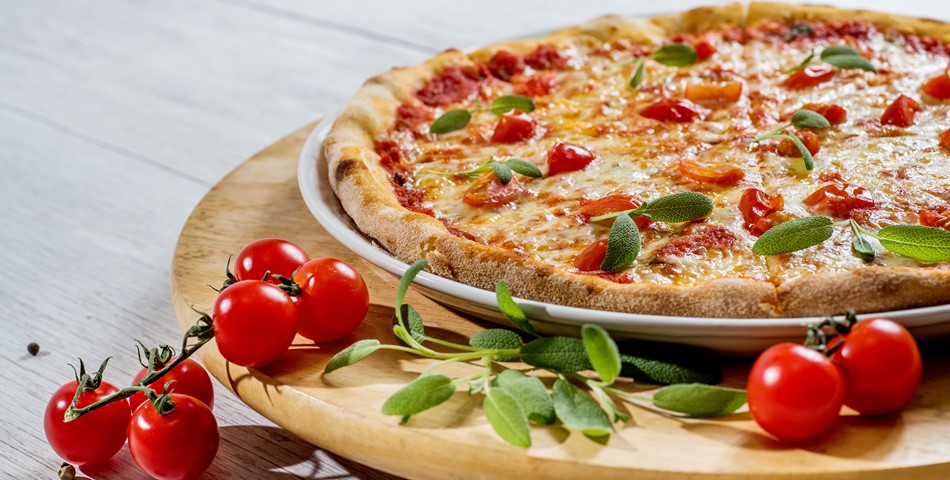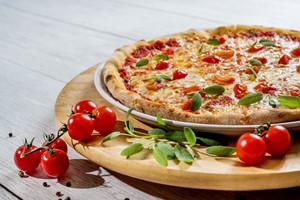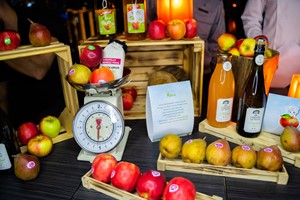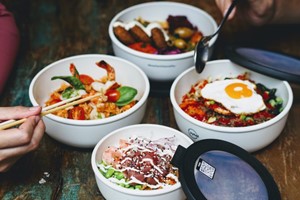The COVID-19 pandemic has caused a paradigm shift in terms of how people conduct their lifestyles and how businesses operate their day-to-day operations. The Food & Beverages (F&B) industry has been no different. We have seen the retail segment playing a critical role in driving household consumption and compensating for the loss in F&B revenue by the otherwise dominant Hotels / Restaurant / Café / Catering (HORECA) segment. For the purpose of this document the processed F&B market includes bakery, cereals, fruits, vegetables, dairy, meat, beverages, snacks and condiments. On an overall basis, processed F&B segment sales is estimated to have increased by more than 5%-6% driven by retail sales after the lockdown forced Gulf Cooperation Council (GCC) residents to stay or work from home. Demand for packaged food, ready-to-cook and canned items has been driven by the fact that people have been confined to their homes due to limited social engagements. The COVID-19 pandemic has compelled brick & mortar retail stores to explore and establish e-commerce as an alternate sales channel to reach out to consumers given that "social distancing" is expected to remain an ethos in the world of a "new normal".
- Health & Wellness
It will build a demand for natural foods & immunity supplements
Lifestyle disorders such as cardiovascular diseases, diabetes & obesity and bone & joint disorders accounted for 51% of the total mortality in Kingdom of Saudi Arabia (KSA) and United Arab Emirates (UAE). The advent of the COVID-19 pandemic has compelled the population to consume natural products such as citrus fruits, broccoli, ginger, garlic, turmeric, yoghurt, almonds and other natural products. Consumption of immunity supplements such as Vitamin C, Zinc and Omega-3 has increased amongst the 30+ age group as a means to increase resistance to various diseases. Within health & wellness, organic is the trend that has penetrated the most in the consumer market. The market currently stands at USD 3.5 Billion.
What’s Driving Growth?
- Better informed and intelligent consumers who do their research before trying a new product.
- Better understanding of importance of traditional and natural ingredients without added preservatives and chemicals.
- More plant-based ingredients that are effective alternatives to meat.
Recommendations & Best Practices
- Reformulation of ingredients such as reduction in content of High Fat, Salt & Sugar (HFSS) in foods and beverages.
- Consumption of fresh fruits, vegetables and meat products.
- Better awareness of medical norms concerning advisable intakes of sugar, fat and other related preservatives.
2- Emergence Of Omnichannel Food Consumption
It will merge the experience of home cooked food with restaurant like taste & palette
Work from Home (WFH) is becoming an acceptable norm resulting in consumers getting more time to stay at home. Due to this, traditional hospitality is getting edged out as consumers are developing their culinary capabilities. Increased home-cooking is driving the use of convenient meal kits/starters and more sophisticated ingredients, resulting in new food experiences. Consumers believe restaurant-branded products/ ingredients are a convenient way to attain the restaurant experience and flavors at home. As foodservice and retail domains increasingly overlap, consumers can eat what they want, when and where they want. Consumers are also seeking convenience, richer experiences and accessible indulgence.
What’s Driving Growth?
- Preference for home-cooked meals due to safety & hygiene concerns.
- Desire to get the flavor and taste of the favorite cuisine normally consumed in hotels & restaurants.
- Availability of time to explore and develop culinary skills amidst lockdown.
Recommendations & Best Practices
- Updated knowledge of different food ingredients, including premium brands used for preparing different kinds of cuisines.
- Use of social media to follow Michelin starred chefs and a get a peek into their recipes.
- With retail gaining precedence over HORECA, groups such as MAF (Majid Al Futtaim) have shifted employees from entertainment to retail.
3- Rise Of Private Labels And Portfolio Consolidation
It will enable consumers to make cost effective purchases
Rising unemployment rates and uncertain economic growth have led consumers to be careful about their spending patterns and look for value-for-money products. During the initial crisis period, consumers bought more private labels and entry price products that have now become their go-to choices. This has led to an opportunity for retailers to revise their portfolio and shift volume to products aligned to consumer choices for a simpler and cost-effective supply chain. This affordability quotient is bound to play a crucial role in the purchase decisions as consumers would want to evaluate different products/brands and their respective value propositions in terms of a cost-benefit analysis based on which they would make a purchase decision.
What’s Driving Growth?
- Lower income stream and uncertain future economic outlook.
- Allocating shelf-space for branded products implies rising overheads and maintenance costs.
- A win-win situation for the retailer as well as the consumer to include private brands.
Recommendations & Best Practices
- Before the coronavirus outbreak, customers preferred branded/mid-high scale food items and ingredients due to the established reputation and positive brand associations.
- The pandemic has been an opportunity for brands low in the price ladder to get a foothold in the consumer’s mind space and perception. With uncertain times looming ahead, private label brands will provide a better value proposition.
- Prevalence Of Contactless Delivery Concept
It will be propelled by strong penetration of ecommerce as a method of carry out retail transactions Traditional brick and mortar retail formats do not favor retailers who have been reliant on cash and have refrained from investing in integrated digital payment mechanisms. Digital wallet apps and QR payment codes, in particular, that provide a notouch experience or contactless payment options at stores are expected to be the key contributors to a previously perceived difficult “cashless system”. Retailers have been experimenting with new retail models that provide economic incentives amid cash crunch and is best suited to the new consumer‟s needs. Pick-up hubs to avoid queues inside stores, compact convenience for cashierless entry, and dark stores as fulfillment centers to save real estate costs on large-format stores, are some of the models that are likely to see wider adoption. Moreover, formats that complement the ecommerce business for efficient storage and distribution processes are going to gain more importance than before.
What’s Driving Growth?
- Adherence to health & hygiene concerns.
- Norms of contactless transactions becoming a mandate rather than „good-to-have‟ feature amidst the global pandemic.
- Preferred roadmap towards achieving a digitalized/cashless economy.
Recommendations & Best Practices
- Foray of modern format players such as Carrefour & Lulu into e-commerce
- Emergence of new players who deal with grocery etailing such as Instashop, Trolley and El Grocer in UAE, Todoor Step and Nana Direct in KSA
- Niche players with unique value proposition are also active in the market. E.g. Sanadeeg for bulk orders and Kibsons for fresh produce and food items in the UAE.
Frost & Sullivan














